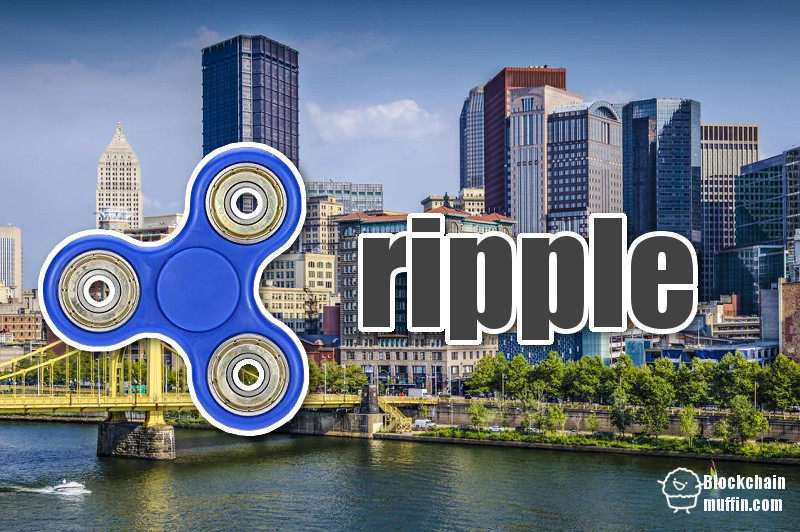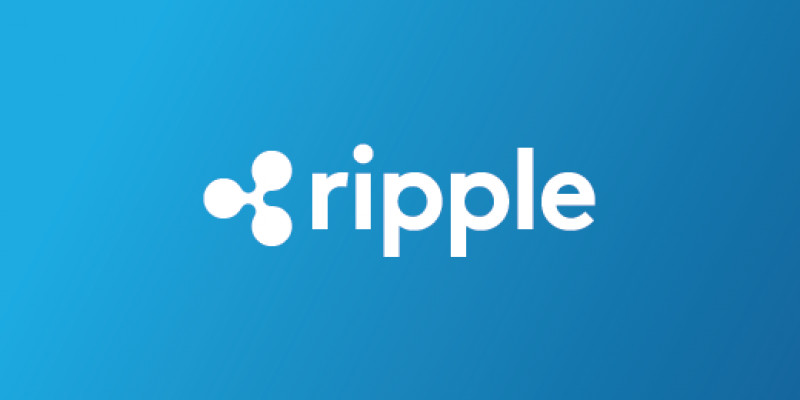What is Ripple? | Ripple Cryptocurrency And Project Description

Ripple, also known as Ripple Transaction Protocol (RTXP) or simply Ripple protocol is a payment system based on blockchain technology. Ripple is also one of the most popular cryptocurrency in the world, and the market value of XRP at the end of September 2017 reached 7.56 billion USD.
What is Ripple? | Ripple Cryptocurrency Description
- Website: https://ripple.com/
- Github: https://github.com/ripple
- Facebook: https://www.facebook.com/ripplepay/
- Twitter: https://twitter.com/ripple
- Youtube: https://www.youtube.com/channel/UCjok1uTSBUgvRYQaASz6YWw
Ripple Blockchain Explorers:
Ripple Cryptocurrency Description
The main goal of the creators of Ripple is to create a fast, cheap and international payment system. It is a link between banks, corporations and stock exchanges regarding global transfers. The project has been implemented since 2012, the beginnings of the idea started already in 2004 and in recent years many members have joined the group of partners involved in Ripple. The main task is to support financial institutions around the world in fast and cheap money transfers on the international market. Ripple is characterized by fast transfer, higher transaction bandwidth than Bitcoin and allows integration with current systems existing in banks.

Ripple project Specification
Cryptocurrency is not possible to mine. Most tokens (70%) belong to Ripple labs.
Ripple is a real-time gross settlement protocol (RTGS). It is distracted and not decentralized.
xRapid - the problem of currency conversion to other countries results in increased transaction costs. This module is designed for fast and low-cost currency conversion of currency from one currency, eg USD to local currency in a given country.
xCurrent - module enabling settlement of funds transfers. Access to XCurrent has companies that are users of the Ripplenet system. For example, banks can send messages between themselves about the start of a transfer and then about its settlement. All software is integrated with the bank's system through the API. The module also includes the possibility of sending messages between financial institutions on a similar basis to SWIFT. It consists of a Validator confirming transactions by both parties. FX Ticker is the last element that can convert currency into a target currency. Everything is also based on the ILP protocol (Interledger Protocol), enabling the integration of various payment systems. The protocol connects various networks and is inspired by the TCP / IP protocol known on the Internet. This solution is in line with banks' standards regarding risk management and privacy.
xVIA - a solution for financial institutions that want to use one software to support different payment systems. It is interesting to note that all transfers can be monitored and even add various additional attachments such as invoices. xVIA integrates the banking infrastructure and the RippleNet API.
Ripple also features:
- high scalability
- number of transactions per second - 1500
- transaction speed - 4 seconds
Ripple Distribution
Distribution takes place by buying coins on the stock exchanges. Ripple Labs is responsible for the distribution of coins. Ultimately, the maximum number of cryptocurrencies will be 100 billion. 70% of the tokens were in the hands of Ripple Labs, and the developers kept 20 billion tokens for themselves. The centralization of the project means that Ripple Labs decides mainly about the fate of the project.
Ripple Wallets
On the official Ripple website you will find ToastWallet for download for all operating systems, as well as a browser wallet:
CREATORS AND DEVELOPERS OF THE RIPPLE PROJECT
- Brad Garlinghouse - CEO
- Asheesh Birla - Vice President for Product
- Patrick Griffin - Senior Vice President, Business Development
- Kanaan - Vice President for Engineers
- Brynly Llyr - General Representative of Ripple
- Monica Long - Vice President of Marketing
- John Mitchell - Senior Vice President of Global Sales
- Antoinette O'Gorman - Compliance Director
- David Schwartz - Chief Cryptographer
- Stefan Thomas - Technical Director
- Marcus Treacher - Vice President of Client Success
- Ron Will - Chief Financial Officer
WHAT RIPPLE IS DIFFERENT FROM BITCOIN?
| Bitcoin | Ripple | |
|---|---|---|
| Block mining speed | 10m | 4s |
| Algorithm | SHA256 | No Data |
| Privacy | To use Bitcoin (and other cryptocurrencies) you only need to have a public and private key that does not contain any user data such as personal data or the address of residence. The anonymity is theoretically ensured. In practice, you have to do a lot of work because all transactions and public addresses are public on the web - what is the essence of Bitcoin. It is not impossible to trace transaction history and with appropriate determination you can link the address to the user, eg by analyzing its activities in the network using Bitcoin addresses and IP address. To minimize the risk, you should keep your funds on more addresses, make transactions from different addresses, and ultimately use the sites that offer coin mixing. | According to the creators' assurances, privacy is at a satisfactory level, similar to security in the banking system. The connection to xCurrent is carried out using the HTTPS encrypted protocol. Ripple also uses blockchain like Bitcoin. |
| Speed | The confirmation time is quite long and sometimes is over a few hours. Currently, due to the increasing number of transactions per second, not all transfers go straight to the block. It depends on the transaction fee - the higher it is, the sooner it will be in the block and will be confirmed. | Transaction confirmation time is very fast: 4 seconds |
| Others | The entire mining reward goes to the miners. The result is a fairly expensive maintenance of the BTC network. Bitcoin is based only on mining | Ripple does not have the possibility of digging, it is mainly focused on payments on the financial market. Bitcoin, on the other hand, has many uses. |
